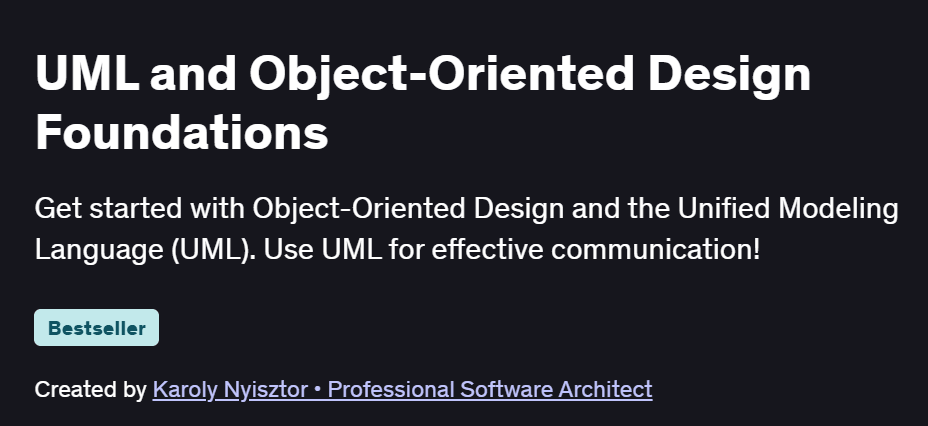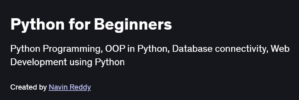What will you in UML and Object-Oriented Design Foundations Course
Grasp the core principles of object-oriented design: classes, objects, inheritance, polymorphism, and encapsulation
Model systems visually using UML diagrams: class, sequence, use-case, activity, and state diagrams
Apply SOLID design principles and design patterns (Factory, Observer, Strategy) to create maintainable code
Translate requirements into UML models and refine them into code skeletons in languages like Java or C#
Evaluate and refactor existing designs to improve modularity, flexibility, and adherence to best practices
Program Overview
Module 1: Introduction to OO Concepts & UML Basics
⏳ 30 minutes
Key OO concepts: encapsulation, abstraction, inheritance, polymorphism
Overview of UML notation and the purpose of different diagram types
Module 2: Use-Case & Activity Diagrams
⏳ 45 minutes
Capturing functional requirements with actors, use cases, and system boundaries
Modeling workflows and business processes with activity and swimlane diagrams
Module 3: Class & Object Diagrams
⏳ 1 hour
Defining classes, attributes, methods, and visibility
Relationships: associations, aggregations, compositions, and generalizations
Module 4: Sequence & Collaboration Diagrams
⏳ 45 minutes
Modeling object interactions over time with lifelines and messages
Collaboration diagrams for emphasizing structural organization
Module 5: State & Component Diagrams
⏳ 45 minutes
Representing object lifecycle and state transitions with statecharts
Modeling high-level system architecture and component dependencies
Module 6: Applying SOLID Principles & Design Patterns
⏳ 1 hour
Single Responsibility, Open/Closed, Liskov Substitution, Interface Segregation, Dependency Inversion
Implementing common patterns: Factory, Observer, Strategy, and Adapter
Module 7: From UML to Code & Reverse Engineering
⏳ 45 minutes
Generating code skeletons from class diagrams using tools (e.g., Enterprise Architect, Visual Paradigm)
Reverse-engineering existing codebases back into UML models
Module 8: Best Practices & Refactoring Techniques
⏳ 30 minutes
Identifying design smells and applying refactoring strategies
Collaborating with stakeholders using UML artifacts in Agile and documentation workflows
Get certificate
Job Outlook
UML and OO design skills are fundamental for roles such as Software Architect, Senior Developer, and Systems Analyst
Essential in large-scale, enterprise-level projects where clear design documentation and standards are required
Provides a strong foundation for mastering advanced design patterns, architecture frameworks (e.g., microservices, DDD), and UML tool proficiency
Enhances communication between business analysts, developers, and QA through standardized visual models
Specification: UML and Object-Oriented Design Foundations
|





